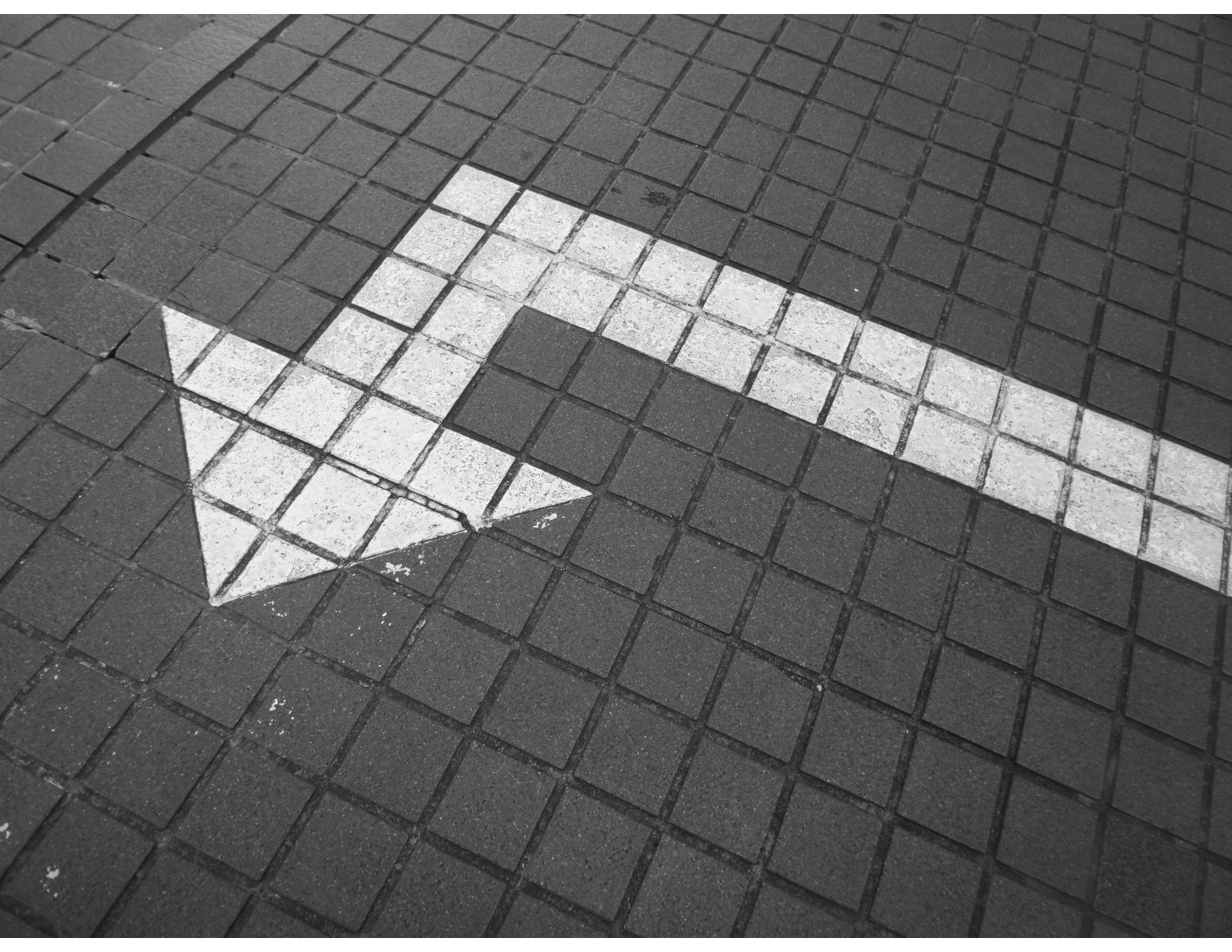Work avoidance: The conscious or unconscious patterns in a social system that distract people’s attention or displace responsibility in order to restore social equilibrium at the cost of progress in meeting an adaptive challenge.
- Ron Heifetz, The Practice of Adaptive Leadership
Heifetz is kindly academic in his definition of work avoidance. Perhaps even ‘avoiding” being humanly direct. My definition of work avoidance is steering clear of the hard work of change by doing something else. Anything, really, but just not the hard, messy work of change.
What is behind this effort of work avoidance? Fundamentally, it has to do with loss. I am currently experiencing a type of loss. I am on day 15 of 30 days of following the Whole30 cleanse diet. These folks are not messing around. Right up front, they tell me that, for the next month, I need to lose all grains, all dairy items, no alcohol in any form, no legumes, no sugar, real or artificial, no junk food and no stepping on the scale for 30 days.
From the drop on day one, I face the loss of great food treasures. I am happy to report that, after 12 days, I am hanging strong. But, I have had my moments filled with temptations and rationalizations, moments filled with a desire to turn from the change and go back to my burger and beer
For those in authority and leadership positions, work avoidance becomes a strategy for people when any change initiative carries loss of familiar ways of working, how people are recognized and compensated, how their specific work changes, or how reorganizations change team configuration. This is just a short list of losses people might experience in an organization change initiative, but more will appear as the change develops.
Heifetz identifies two common pathways people travel to avoid dealing with the hard work of change: diversion of attention and displacement of responsibility. All parents will be familiar with these two diversionary tactics. Kids get many opportunities early to develop their work avoidance craft by begging off, cleaning up after dinner, doing homework or keeping their room clean. After years of perfecting their work avoidance skills at home, is it any wonder that we adults are masters at the high art of work avoidance inside our jobs?
The work for leaders here is to 1) keep sharing the authentic narrative of a better future, 2) keep current reality in the conversation, 3) call out the work avoidance strategies and 4) understand and speak to the losses people will experience and how you plan to lead them through this change. For instance, I may be without bread, pasta and wine for the next 15 days, but I have a sense I am being supported by the Whole30 structure and keeps me in the game.





Comments are closed.